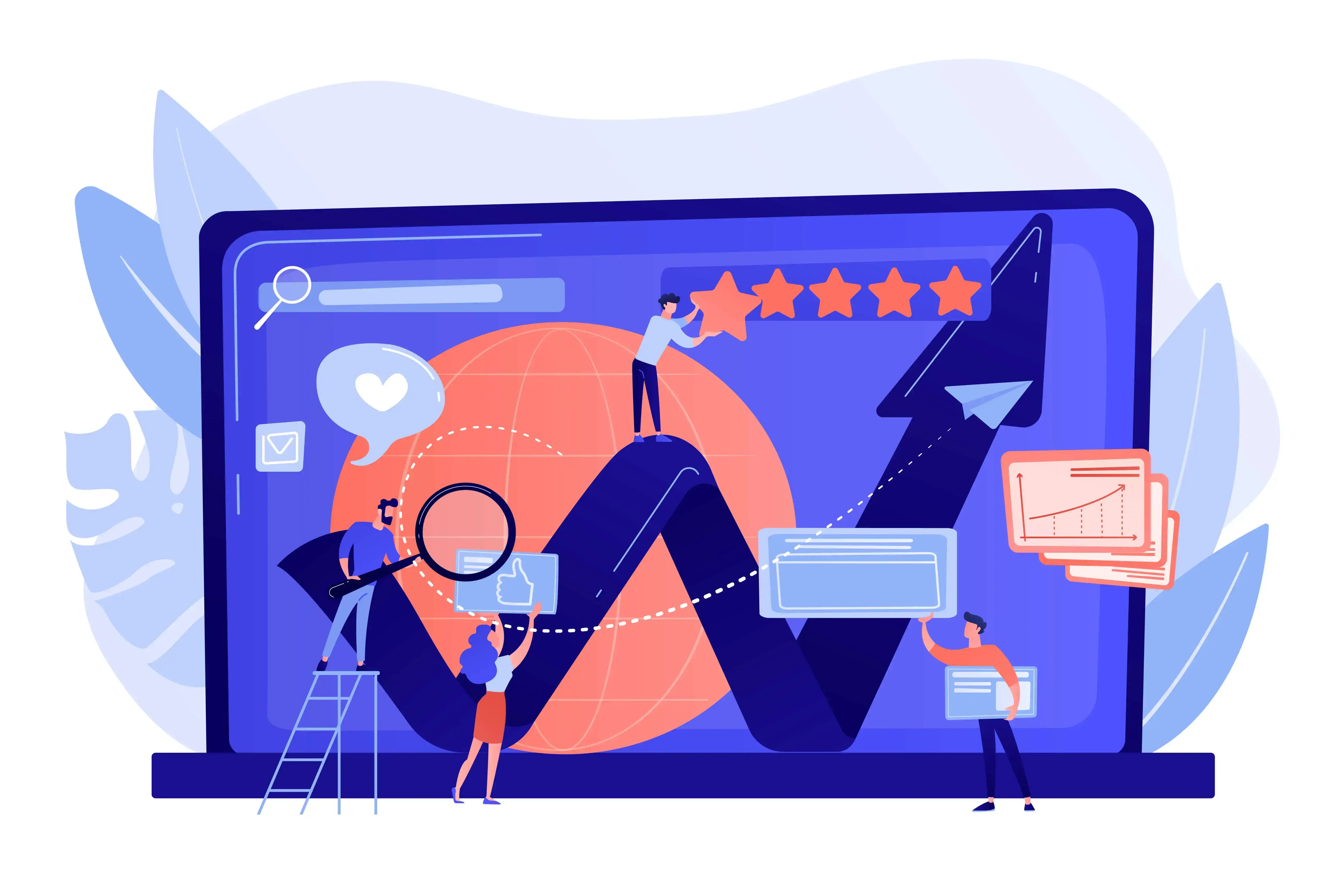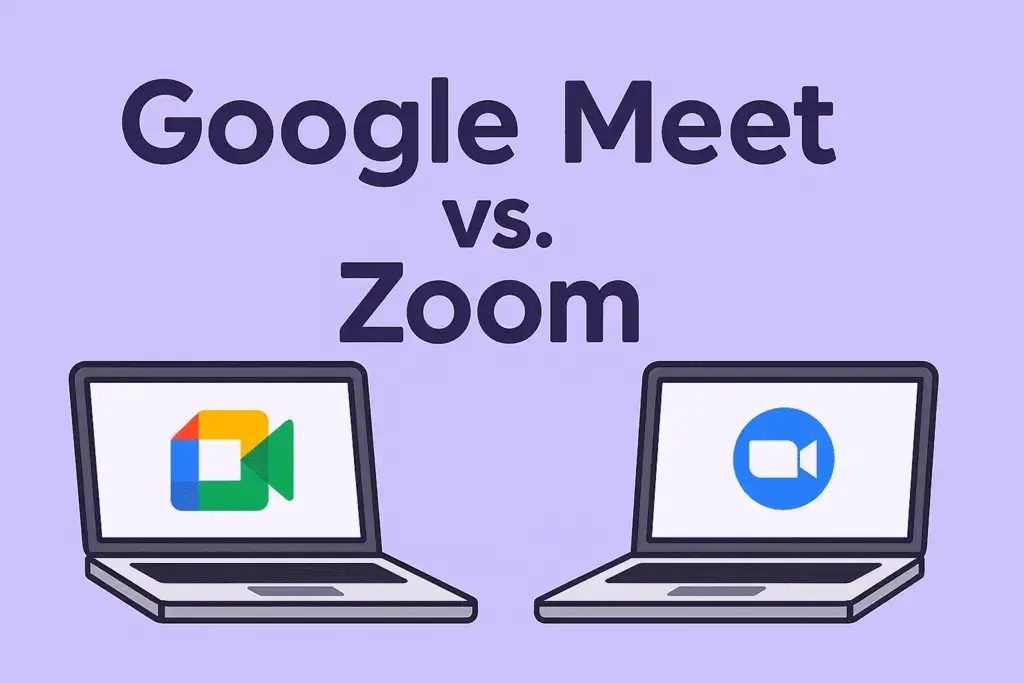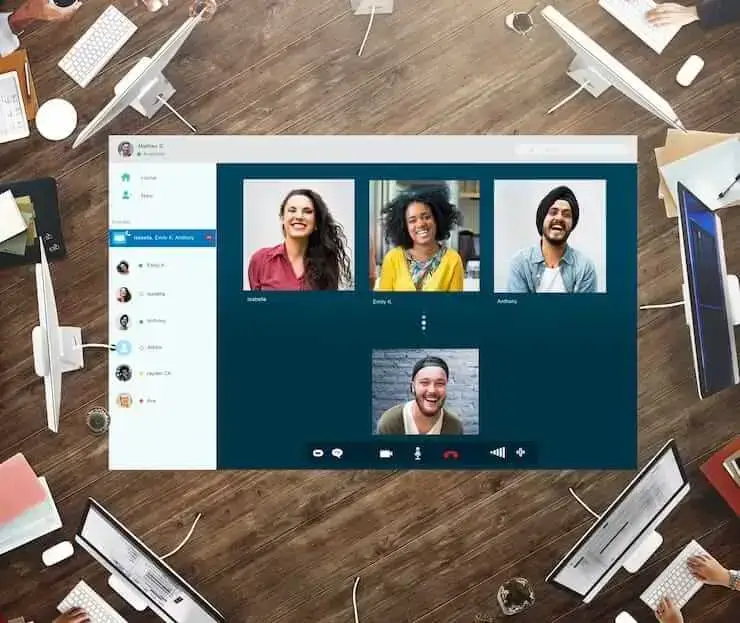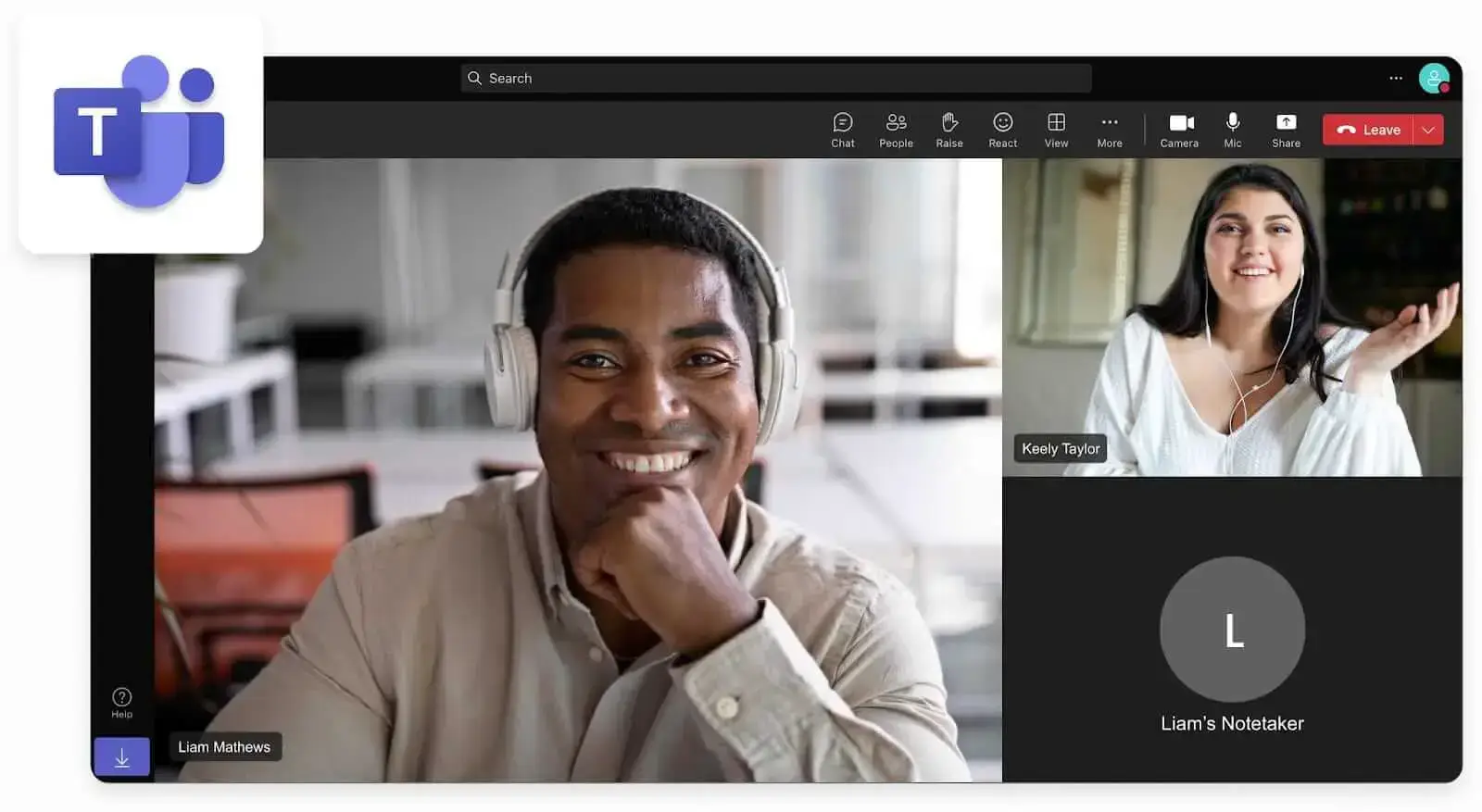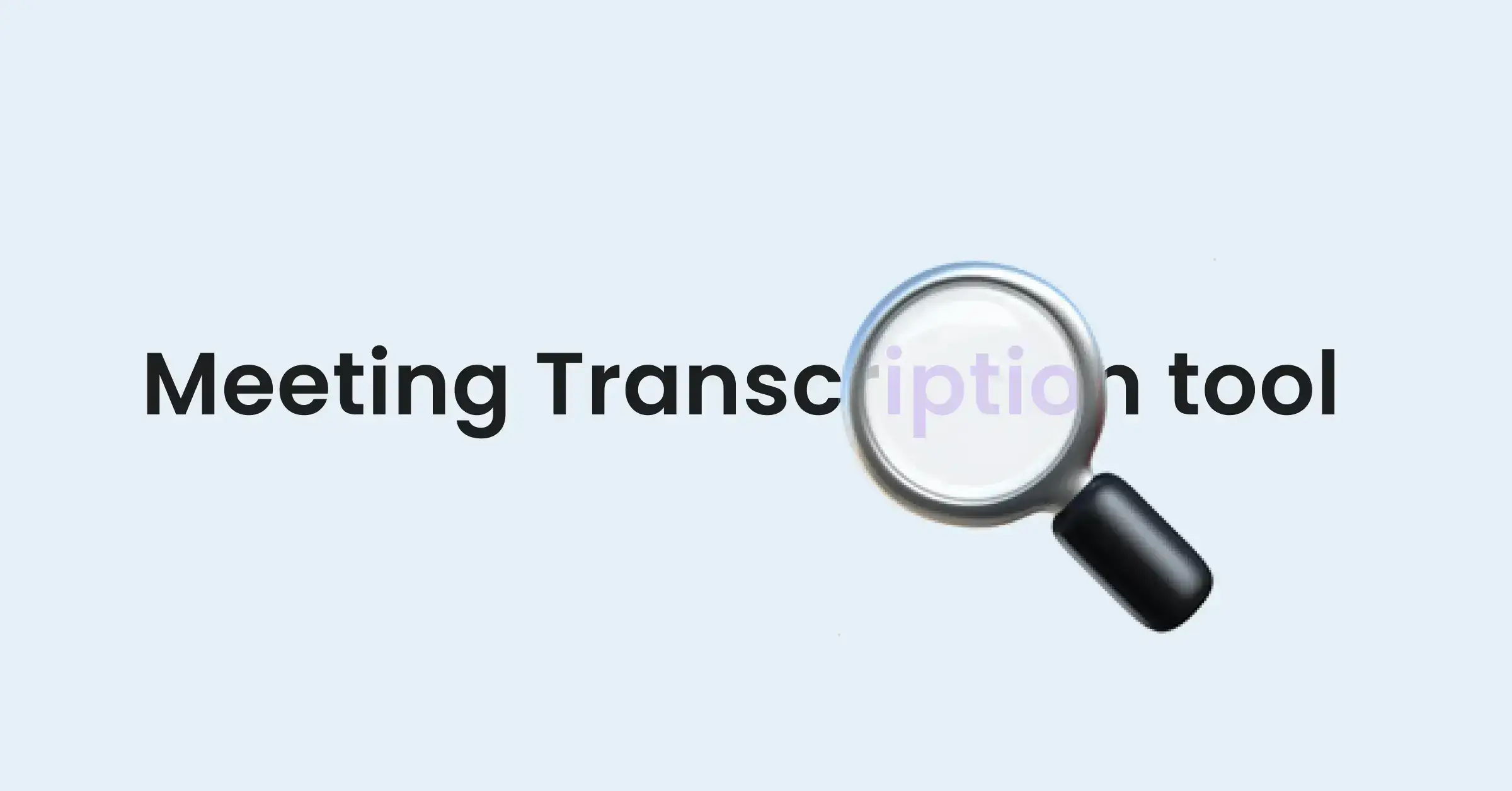The Power of a Blog: How Meetings Can Be Transformed into Engaging Content
In this article, we'll unpack six inventive strategies for leveraging meeting transcripts to enhance your marketing efforts.

✅ Free meeting recording & transcription
💬 Automated sharing of insights to other tools.

Nowadays, any company striving for online visibility needs to create content consistently. This task is becoming easier, thanks to an influx of various AI tools designed to simplify the process. But how can we create content that delivers unique value instead of duplicating existing material?
One solution worth exploring is the effective use of meeting transcriptions. In this article, we'll unpack six inventive strategies for leveraging these resources to enhance your marketing efforts. We invite you to continue reading!
What is the Power of Engaging Content?
Before we delve into how to create engaging content, let's first explain what it is. Essentially, content can be categorized as any type of material that's created and disseminated online. It can include blog posts, social media posts, audio, video, graphics, infographics, and more. Additionally, this definition includes live content, such as webinars or audio meetings (like those on LinkedIn audio).
Back in 1996, the statement "Content is King" emerged within the marketing industry, thanks to an essay written by Bill Gates. Even then, he prophesied that most internet-based revenue would be derived from content.
Fast forward to now, and his prediction has proven accurate. Content is one of the most potent tools for reaching prospective customers and converting them into active ones. Studies reveal that firms that maintain a blog generate 67 percent more monthly leads than those that do not.
So, why is content so powerful? Because it engages target audiences, fostering trust, and helps you cultivate a reputation. High-quality content enables companies to connect with a larger group of Internet users, simplifying the discovery of products or services on social media platforms and search engines. By disseminating their expertise, businesses build credibility and distinguish themselves from their competitors. But the impact of the content doesn't stop there. Ultimately, it drives sales. After all, strategically planned content is crafted to guide the user toward a purchase, no matter where they are in the decision-making process.
How transcribed meetings fit into the content?
Productive meetings serve as fertile ground for problem-solving and brainstorming. Whether you're operating a consulting firm and tackling a specific client's case or discussing a new feature for your product, such meetings are abundant with valuable insights and decisive action points.
In this context, meeting transcription emerges as a powerful tool for content operations and creation. By converting the spoken words from a meeting into written text, we can uncover a wellspring of content informed by your team's expertise rather than external sources.
Significant discussion points and pivotal decisions made during these meetings can be transformed into engaging content, such as blog posts, social media posts, infographics, and more. This strategy seamlessly integrates your daily business operations and content approach.
Not only does this method amplify the value derived from these meetings, but it also enables you to highlight your expertise and differentiate yourself from competitors. While many companies repurpose material from various external sources when generating the content, you can deliver unique, valuable content of superior quality.
6 Inspiring Ideas for Transforming Meetings into Content
1. Generate Blog Posts or Articles
The first way to utilize your meeting transcript is by generating blog articles. Depending on your meeting agenda, you can create a single article discussing the specific issue discussed during the meeting or explore several separate topics, each developed in a single post. Incorporating direct quotes from participants can enhance the credibility and uniqueness of your article.
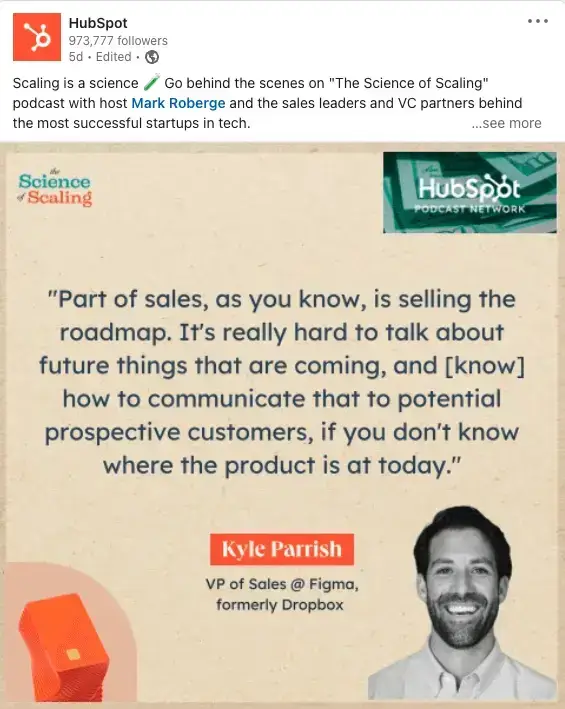
Source: Hubspot Linkedin page
Remember that your article doesn't have to mirror the meeting precisely. After all, you're not drafting a direct transcript of the meeting but instead leveraging the knowledge shared by the participants. You can also add additional analysis, comments, or practical examples, such as compelling case studies.
Remember, while the goal of the meetings is to address a specific problem, the key objective of your article should be to generate more sales. To achieve this, you should concentrate on SEO and optimize your content for increased visibility on the search engine results pages (SERPs).
For this purpose, you can leverage the capabilities of an on-page SEO tool, such as one that offers comprehensive analysis and optimization features. What's more, it will help you identify and correct any technical errors, provide data-driven insights into how your site compares to the competition, and show you what steps you can take to improve its performance.
According to UppercutSEO, in addition to SEO, it's also worth including a proper CTA to align your content with the conversion goal you want to achieve. Moreover, efficient content management is crucial. Explore how a headless CMS helps SEO, optimizing your site for improved visibility and user experience. Efficient content management is equally crucial. For instance, a headless CMS example demonstrates how this technology supports SEO by separating the front-end and back-end, enabling faster load times and seamless integrations.
2. Create Content for Social Media
Meeting content harbors a wealth of information that can be converted into engaging social media content. Begin by scrutinizing the meeting transcript for compelling quotes or impactful statements that captivate users. These snippets can then be integrated into aesthetically pleasing graphics featuring the quote, an image, and the author's attribution. This approach lends credibility to your social media presence while showcasing the "human face" of your company.
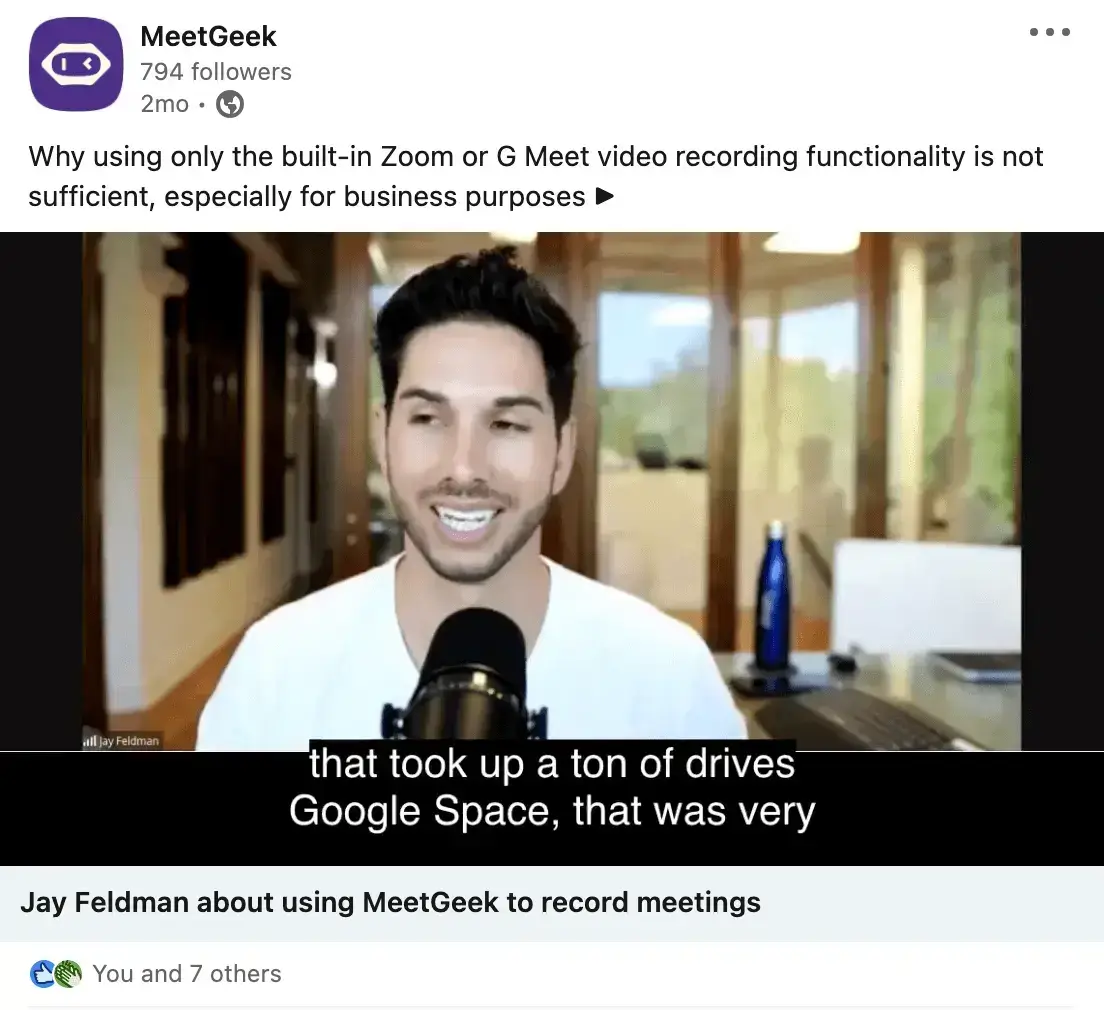
Are you interested in a format other than graphics? How about videos? You can add a dynamic edge to the quotes by creating short video clips that either animate them or feature someone delivering them verbally. It adds a significant "human touch," which is particularly crucial when it's challenging to discern between human-generated and machine-created content. During meetings, take screenshots and enhance these images with photo clean up tool and then share them on social media with an engaging captions.
Pressed for time or prefer simplicity? Try sharing a quote as a tweet or short post on LinkedIn and stimulating a discussion around it. To maximize reach, you can tag individuals whose perspectives you value and invite them to share their viewpoints.
By converting your meeting text into diverse and engaging social media content, you ensure your insights reach a wider audience through a platform they regularly engage with. Wisely created content for social media can effectively capture the attention of potential leads, pique their interest, and encourage them to take action, leading to valuable conversions and business opportunities.
As you've discovered, meetings often provide rich material for varied content creation. A similar innovation in maximizing value lies in the benefits of AI voices. These allow businesses not only to streamline content production processes but also ensure high-quality audio output that can further engage your audience.
3. Develop Case Studies or White Papers
Transcribing meetings help to vividly portray the real-life experiences shared by participants. This invaluable resource provides a unique opportunity to develop exciting case studies. By utilizing meeting transcriptions, you can effectively illustrate your clients' challenges, outline your organization's approach to tackling these challenges, detail the actions implemented, and describe the outcomes achieved. This approach saves a significant amount of time, as marketing personnel typically aren't involved in client conversations and must ask other team members to draft an introductory case study or organize separate calls discussing the project.

Source: SentiOne
Case studies derived directly from actual meetings offer added value, ensuring no crucial information is lost in the journey toward achieving a specific goal.
It's also worth noting that meeting transcripts yield a wealth of data points, research findings, and expert insights. This information can be processed into insightful white papers—comprehensive guides addressing industry trends, resolving complex problems, or educating readers on technical concepts.
4. Create Engaging Videos
Transforming key insights and discussions from meetings into visually appealing video content offers an engaging method to communicate complex ideas. Whether it's explainer videos, product demonstrations, or customer success stories, video content has the power to encapsulate and convey these concepts effectively.
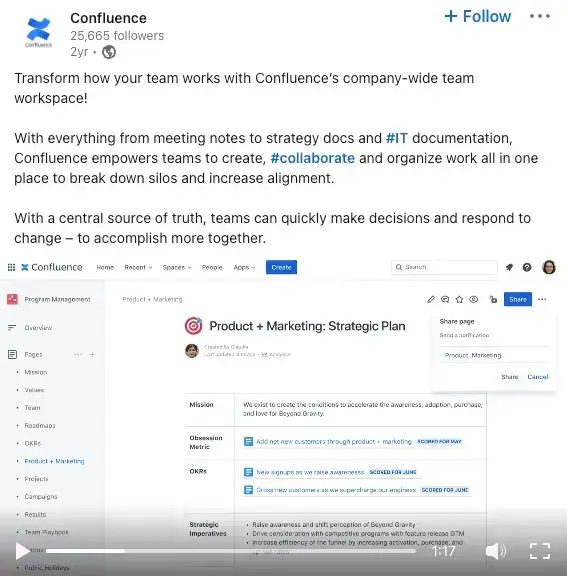
Source: Linkedin
As a marketer, you may have noticed that technically knowledgeable individuals often struggle to share their expertise in marketing. While they bring immense value to a meeting, they might not realize how their knowledge can help enhance your company's external image.
Transcripts from meetings can bridge this gap. These transcripts can be utilized to prepare a ready-made script for the video content with the help of an AI video generator, saving time for the experts who are expected to contribute. The process provides them with a familiar context and encourages their participation in the initiative. They'll know what to say and how to say it, using their own words but in a more effective "packaged" format.
And the potential impact? Well, humans can process images 6 to 600 times faster than language, making video a powerful tool for sharing knowledge in an easily digestible way.
5. Prepare Online Courses
Why not capitalize on the rich insights and expertise shared during your meetings to develop comprehensive online courses? These educational offerings can address specific challenges or offer practical solutions informed by real-world scenarios in your meetings.
For instance, if your team frequently discusses the complexities of implementing a specific piece of software during meetings, you could gather these insights into a structured online course. The course could offer step-by-step guidance on software implementation, provide hands-on exercises based on actual problems your team has resolved, and present real-world examples grounded in your team's experiences.
Here's another engaging idea. Say your company offers consulting services on AI implementation. You can amass all the crucial points discussed during client workshops, then prepare practical exercises related to areas like identifying opportunities for AI implementation or preparing a team for this change, among others.
Indeed, you wouldn't need to create content from scratch but rather collate the existing material and shape it into a universally helpful resource. You're building trust with your audience by showcasing your expertise in this way. If they encounter any uncertainties, you'll likely be the first company they'll turn to for guidance.
Moreover, if the accessible version of your course garners positive feedback, you might consider developing a more comprehensive paid version. It could further elevate your industry leader reputation while generating additional revenue.
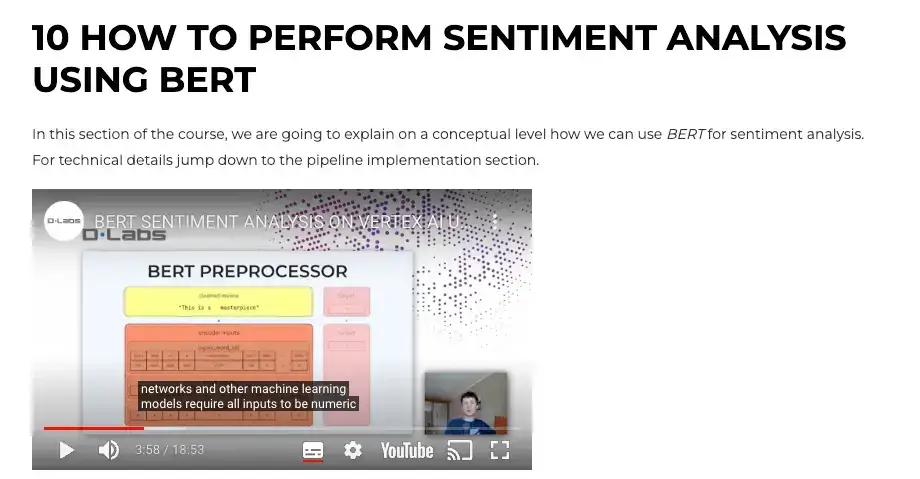
Source: DLabs.AI
6. Create Images and Infographics
As previously mentioned, meetings also serve as a rich source of quantitative data. This essential data and statistics can be transformed into exciting graphics and infographics, simplifying complex concepts and making them more understandable and digestible for your target audience.
Such content can be shared on social media and blogs or uploaded separately to Pinterest.
Consider using Canva, Figma, Picsart or Adobe Spark to create eye-catching visuals, and AI images from text. These tools offer many templates and customization options, easing the design process and ensuring that the visuals genuinely represent your brand and the information you aim to convey.
Infographics aren't limited to numerical data. Let's say you run a marketing firm that offers consultations to businesses learning marketing basics. During such meetings, common topics might include ranking higher on Google. These could involve simple steps like choosing a keyword, matching search intent, working with a company that provides on-page SEO services, adding internal links, etc. Each point could discuss the importance of a particular aspect and provide data on how each factor can improve SEO results. Though this may seem essential to you, it could be precious to your clients who are novices in marketing.
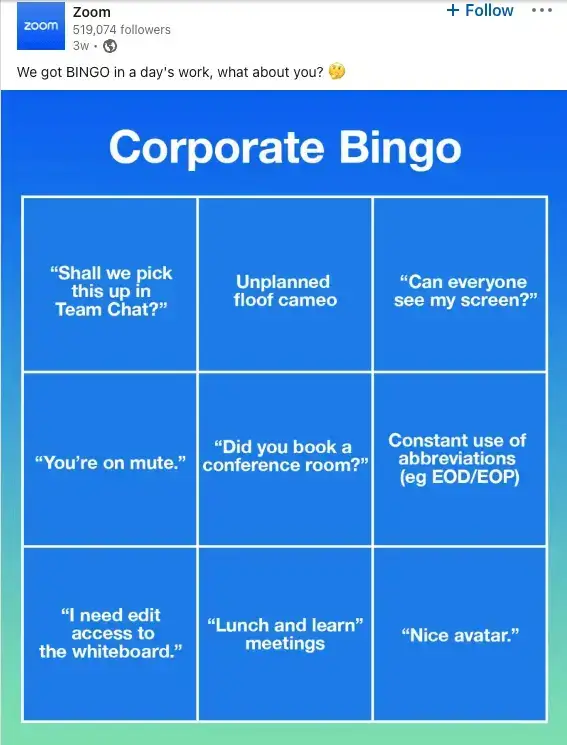
Source: Zoom Linkedin page
Also, don't forget the power of humor and memes. Meeting transcripts often contain funny quotes or unusual moments that can be transformed into memes or other humorous content for sharing. This kind of content resonates with audiences by offering a different side of the company and highlighting its unique culture. It is an excellent tactic for both marketing and employer branding.
Summary
As you can see, there are numerous ways to leverage meeting transcripts for content generation. The beauty of it is that you aren't limited to one method. With a precious recording, you can create content that keeps you from becoming monotonous. It all hinges on your creativity and the effective use of resources.
Sounds interesting? Don't wait. Explore MeetGeek – an AI-powered tool that seamlessly records video, transcribes, summarizes, and shares key insights from every meeting, all in one place.
.avif)









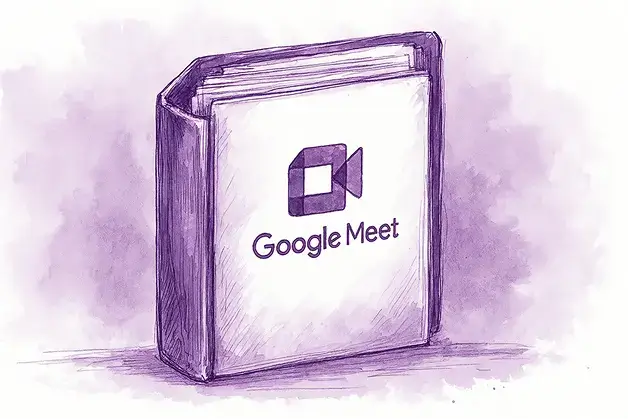


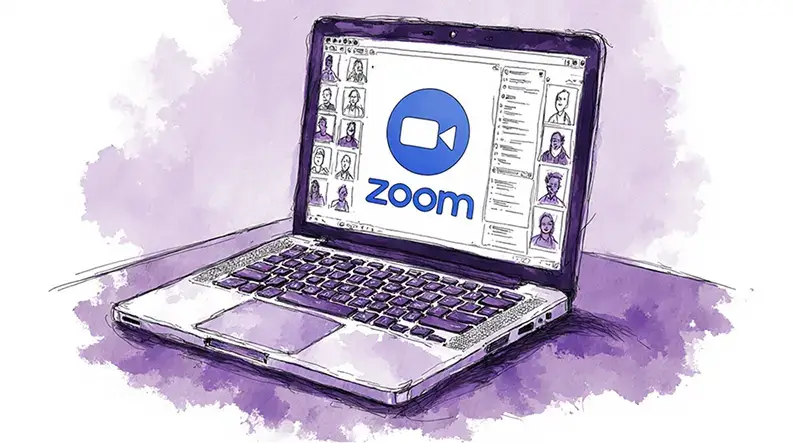
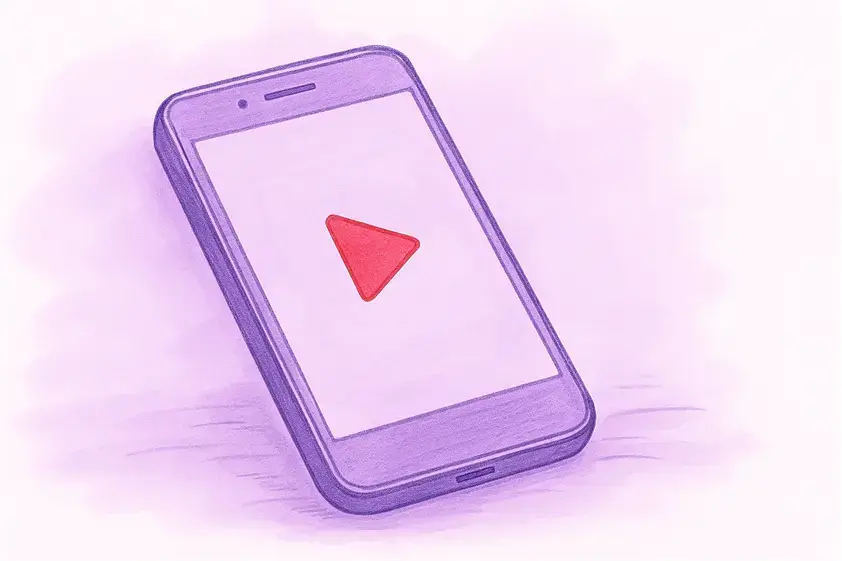

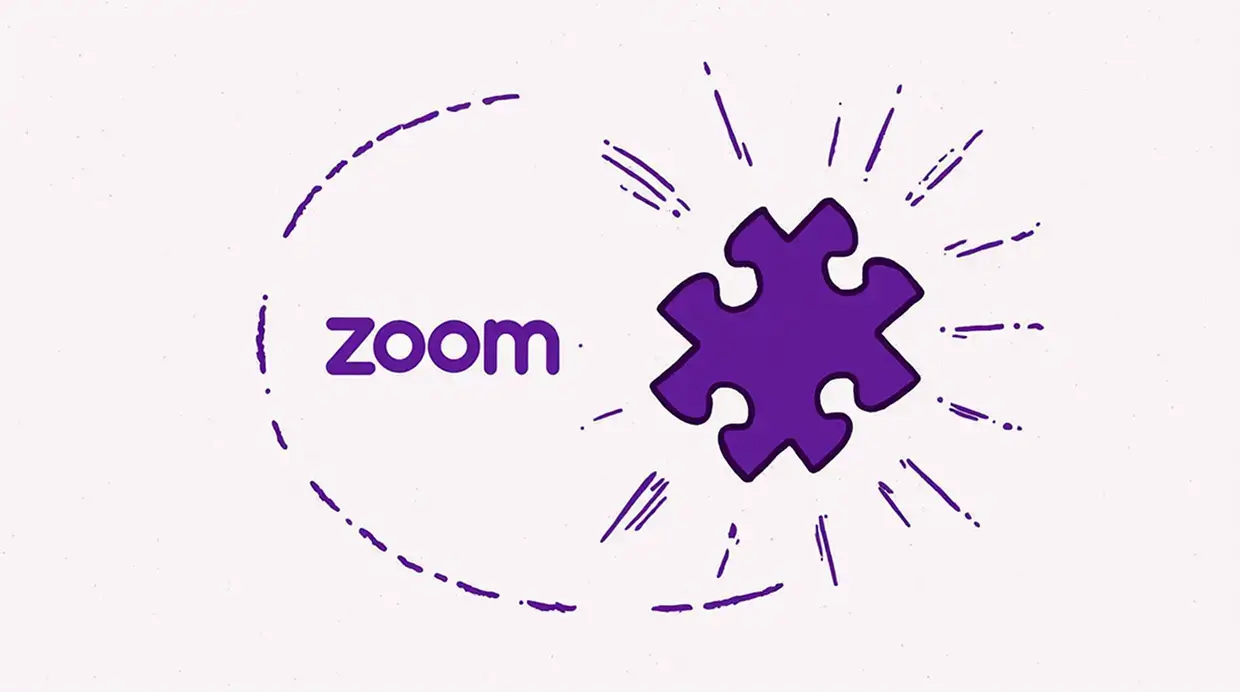




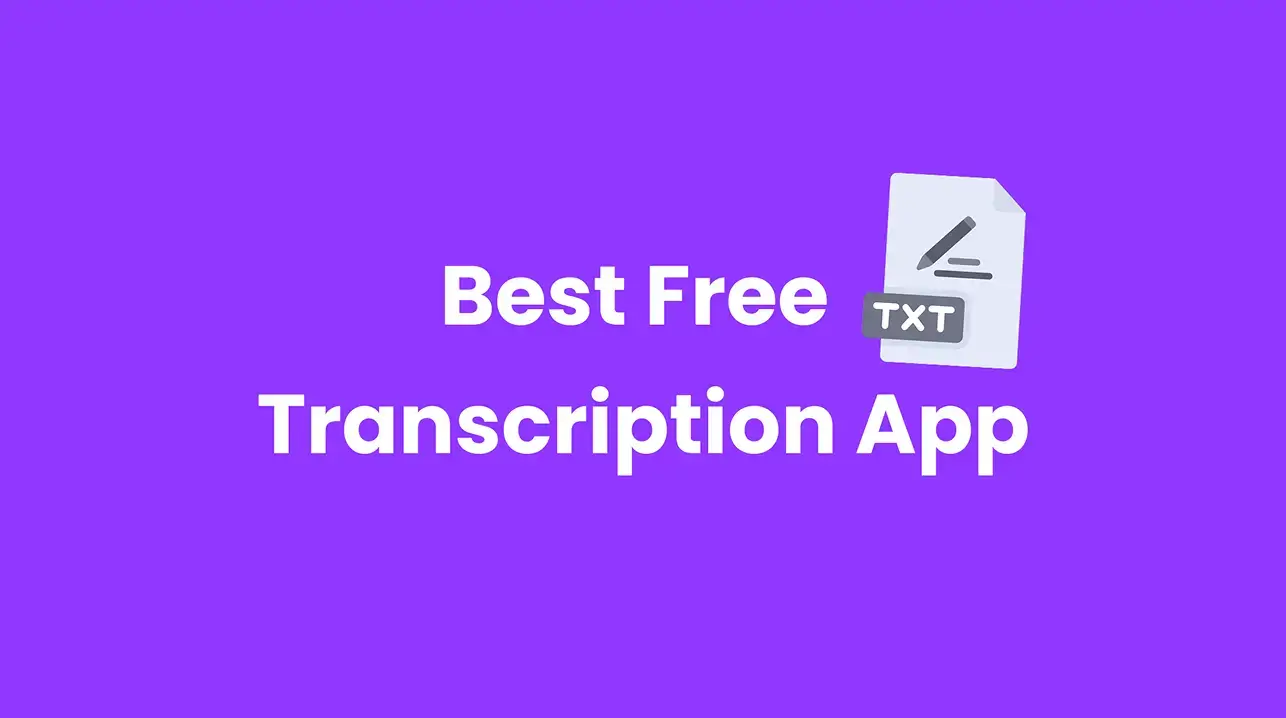

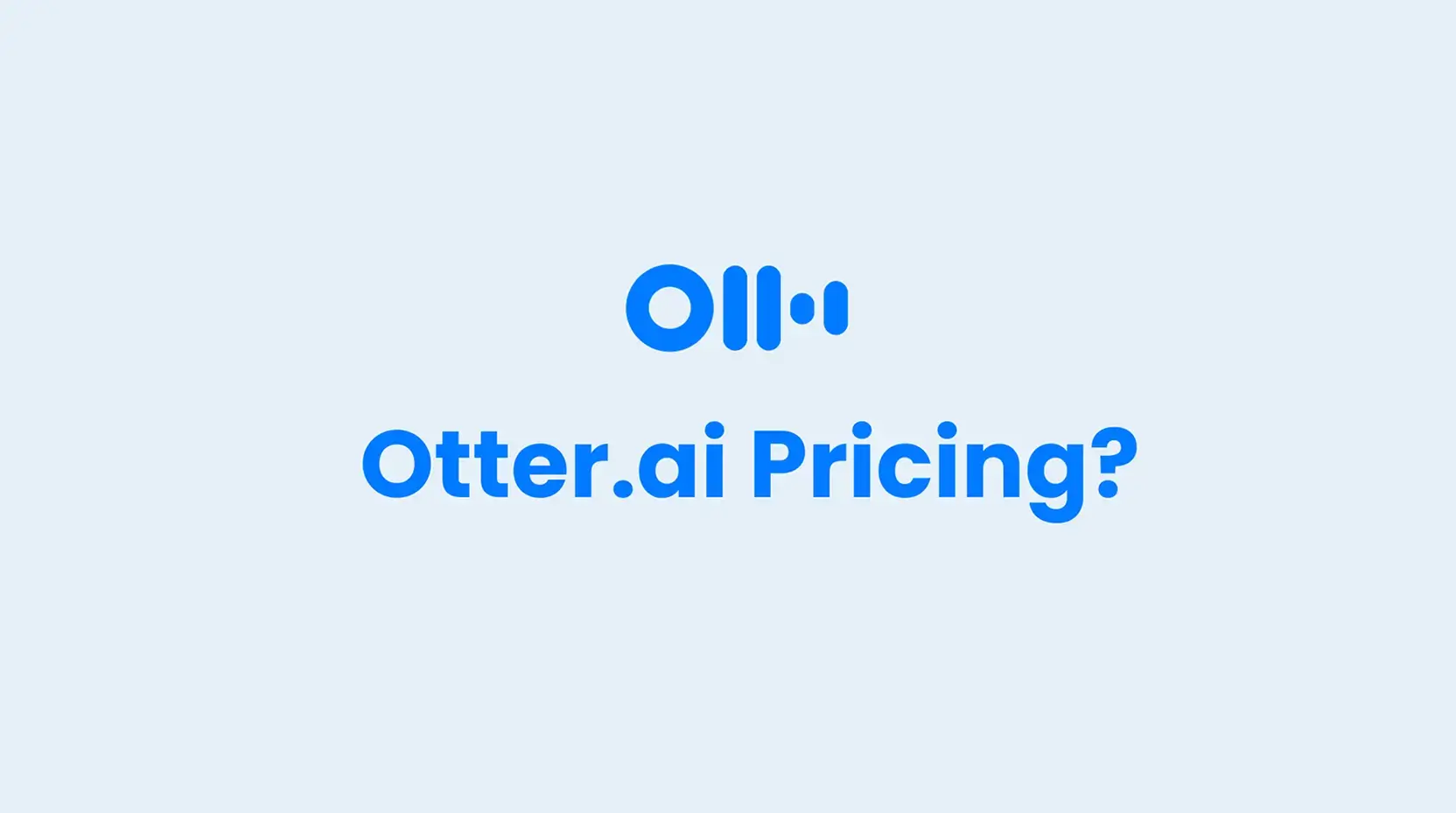
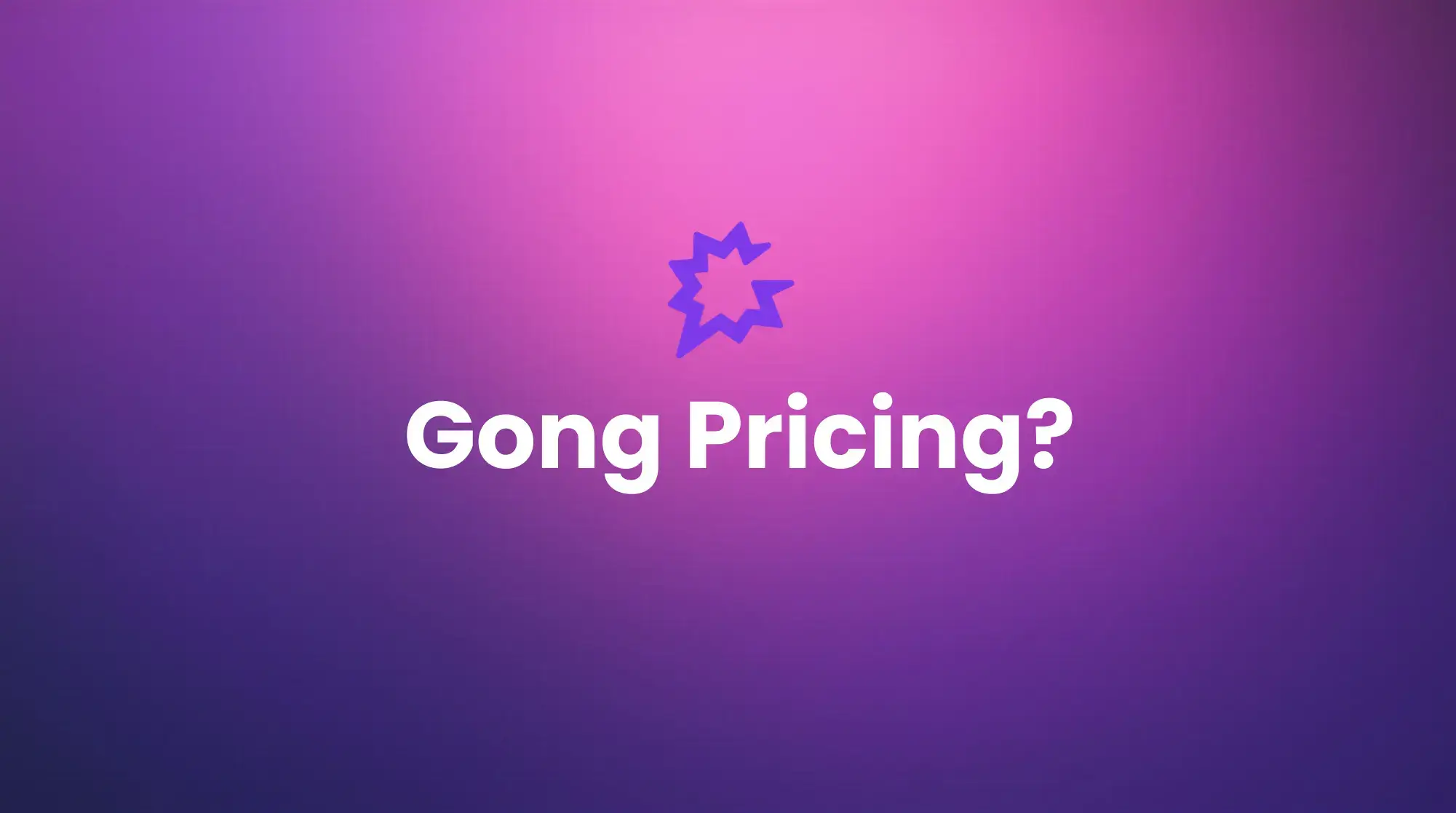
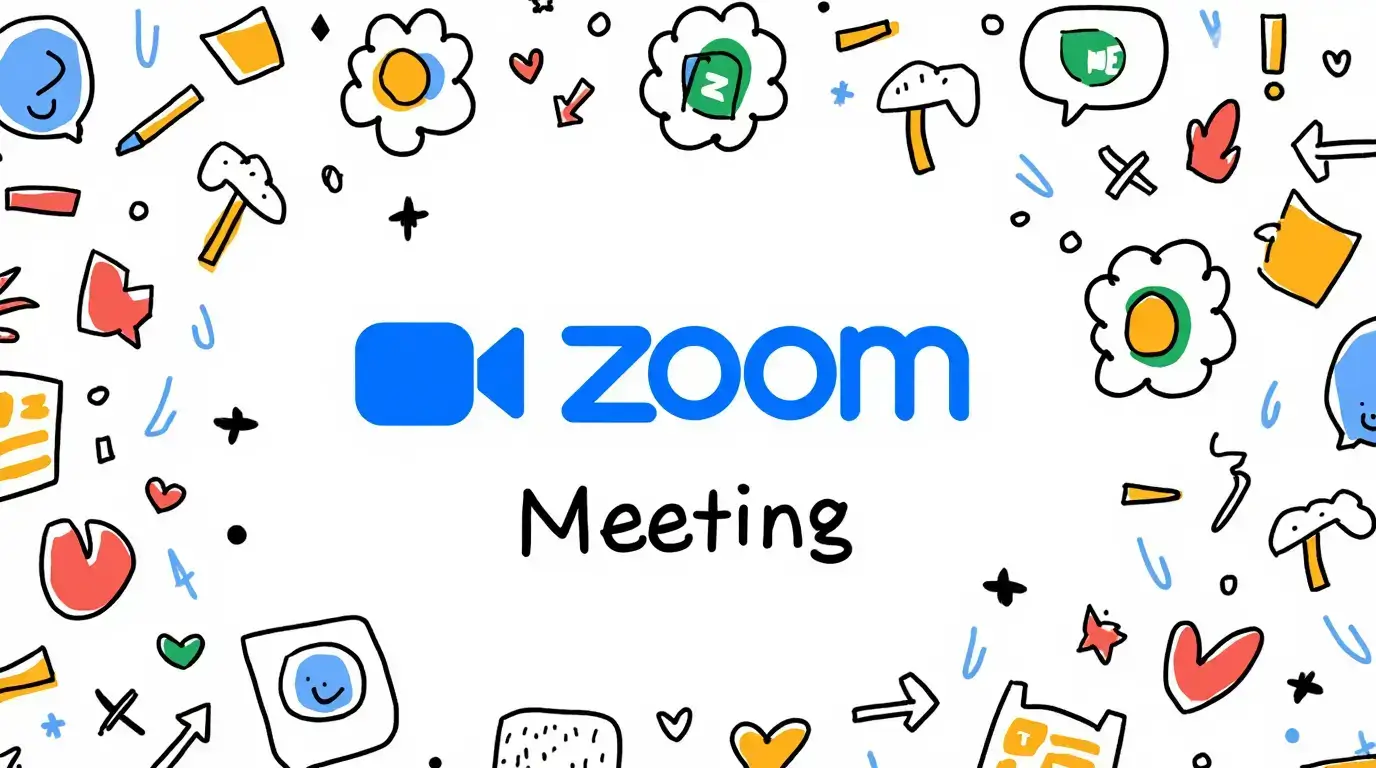


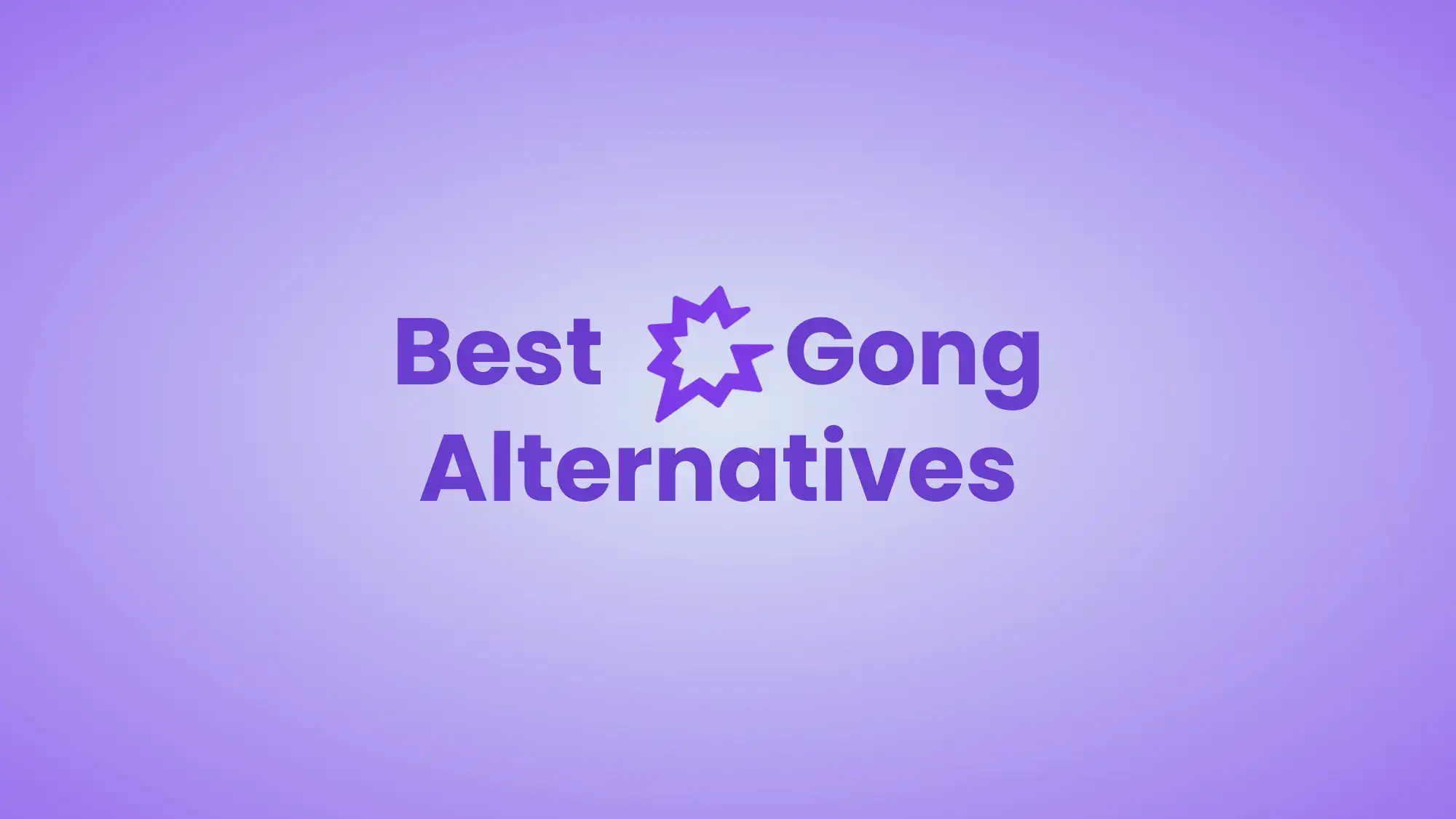

.png)


